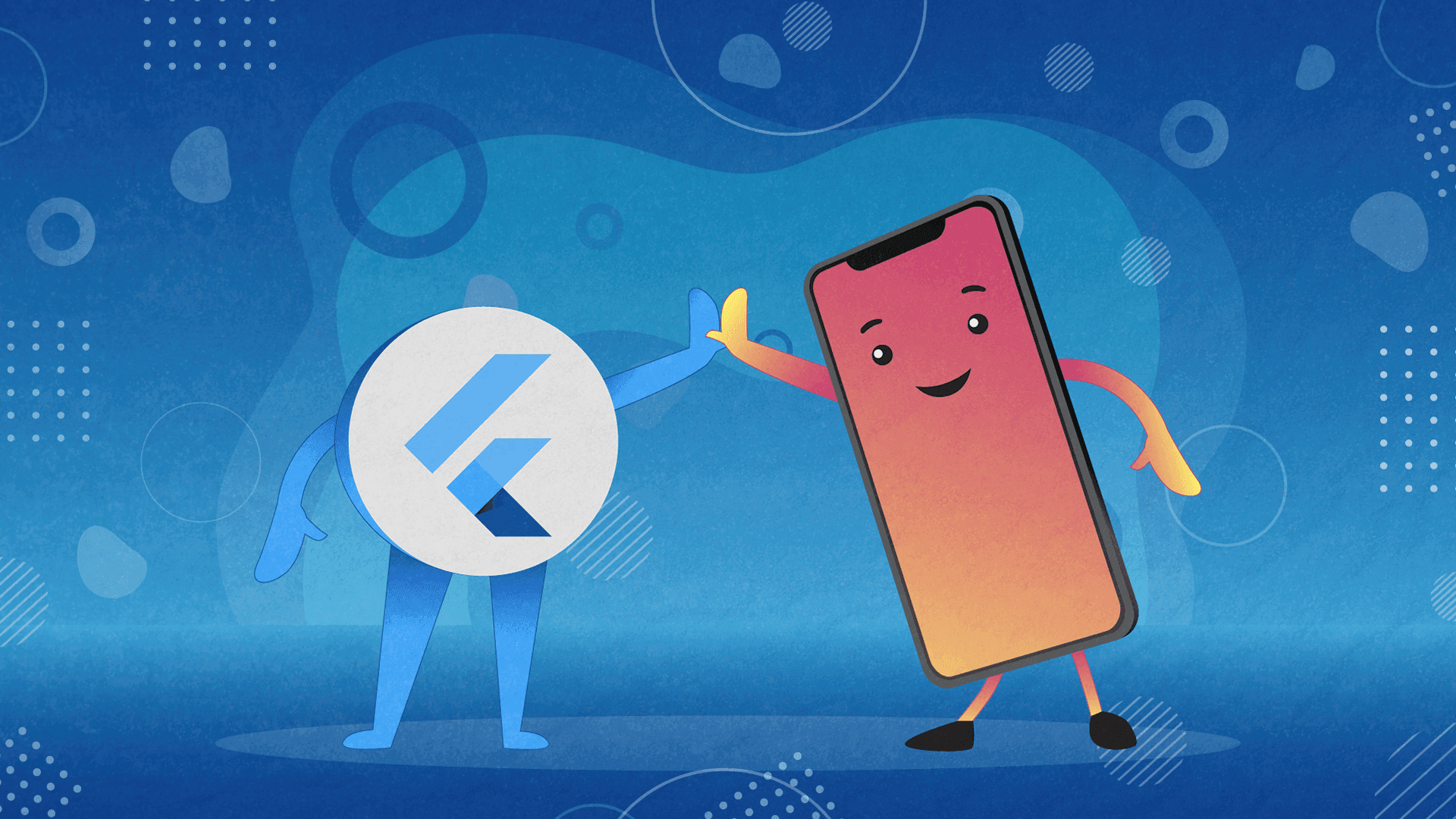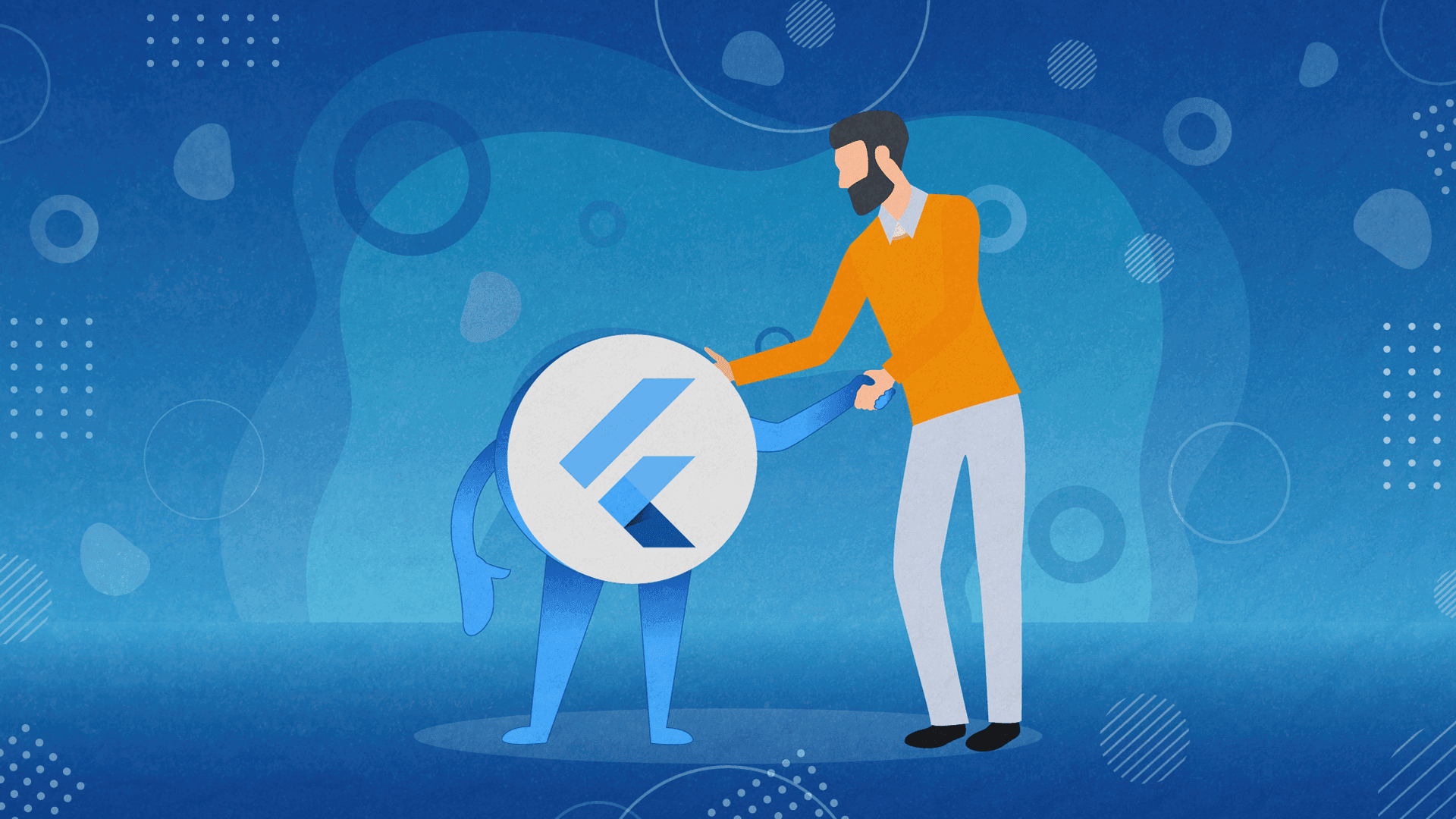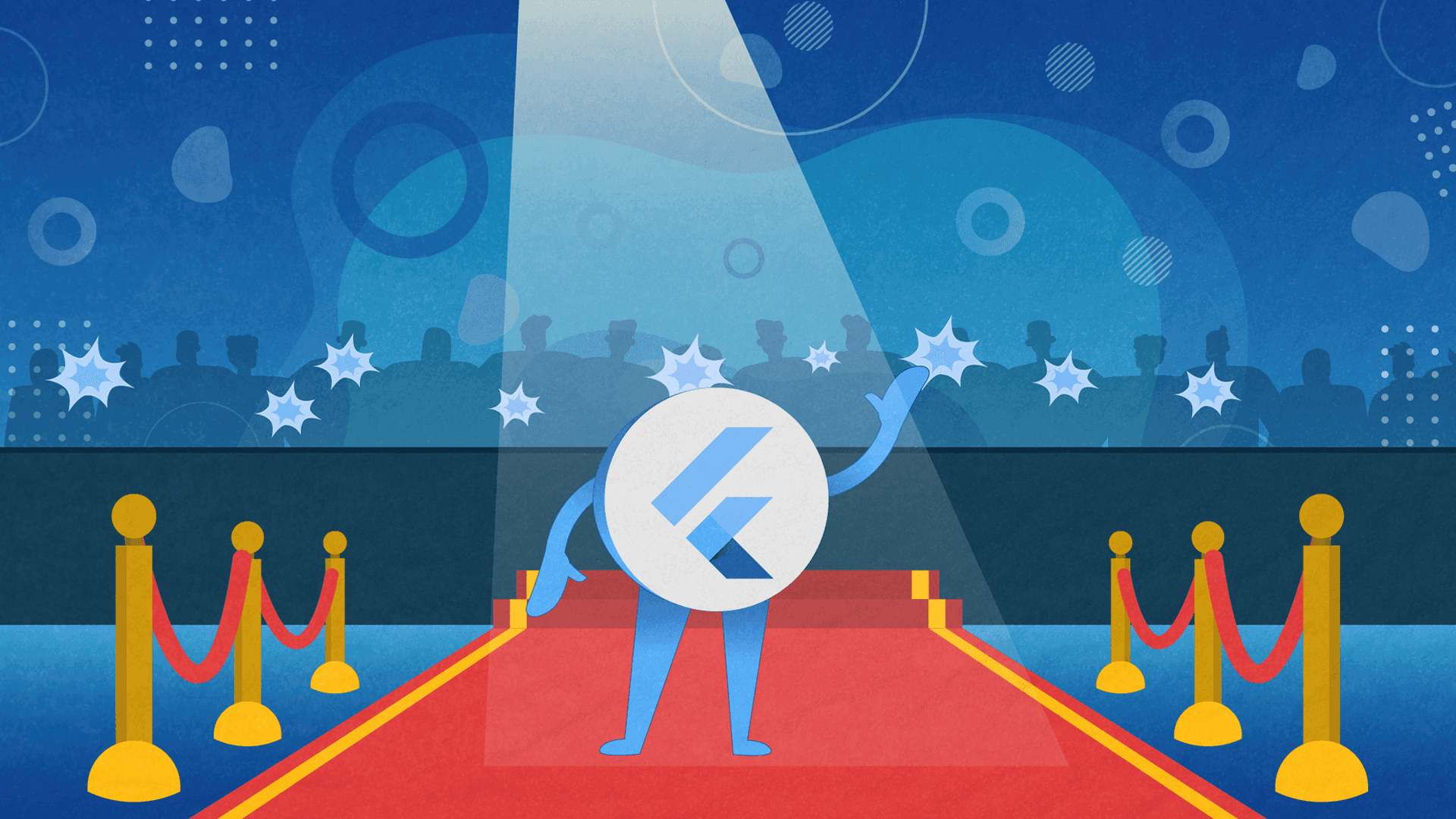What is Flutter and What Mobile App Developers Need to Know About It?

The mobile app market is huge right now and there are no signs of its growth slowing down. According to App Annie, by the end of 2021, the mobile app market will surpass 258 billion downloads.
The main reason behind why the mobile app market has literally doubled in size in the last 4 four years has a lot to do with the following 3 things:
- evolution of cellphones
- Google’s mobile update
- and most important of all - the change in customer behavior.
Since the pandemic started, a significant change in consumer behavior worldwide shook up the business world. Users have stopped going to physical stores (because of restrictions and lockdowns) which resulted in a major pivot in strategy for most businesses. The pandemic forced organizations across all verticals to re-evaluate their business models and go all-in on digital transformation because their survival solely depended on their ability to seamlessly engage with their users/customers online.
Simply put, everyone had to figure out how to operate digitally and how to make the most of the channels and tools at their disposal.
Building mobile apps has proven to be one of the best solutions. Mobile business applications have become a necessary marketing tool for a lot of companies because they make it possible for them to serve and market their customers/users in a direct channel that guarantees stronger engagement.
As mobile apps continue to gain popularity and specific companies tend to reap the benefits of their smart mobile app investments, others are looking for a way to insert themselves in the game and grab a slice of the pie. The good thing about all of this is that there are many awesome programming tools out there for building mobile apps. Among them is Flutter which we’ll focus on in the remaining segments of this article.
What is Flutter?

Simply put, Flutter is a completely free, open-source tool for coding and creating native apps for Android and iOS. It was introduced in December 2018 by Google.
It consists of two main elements:
- An SDK (Software Development Kit) - a collection of tools that are going to help you develop your applications. This includes tools to compile your code into native machine code (code for iOS and Android).
- A Framework (UI Library based on widgets) - a collection of reusable UI elements (buttons, text inputs, sliders, and so on) meant to help you personalize your work.
Flutter combines ease of development with performance similar to native performance while maintaining visual consistency between platforms. Flutter’s programming language, Dart, was created with a purpose to replace JavaScript.
This object-based programming language was created by Google in October 2011, but it has improved a lot over these past years. Dart is a language for front-end development. It can be used for the creation of both mobile and web apps, but it’s far more often used for the former than the latter.
Flutter’s Rise in Popularity
Even though the solution is only a couple of years old, it quickly gained popularity among its intended audience. Arguably, Flutter is now as popular as React Native. At least that’s our impressions from reading what people talk about it on GitHub and Stack Overflow.
Probably the main reason why Flutter has gained so much recognition can be attributed to Google. The people behind the most popular search engine in the world use Flutter for various Google Assistant modules and the Google Home Hub user interface.
Whether that’s the real reason behind Flutter’s success or not, iit doesn’t matter - the solution has found its audience. Believe it or not, but there are already 50,000 Flutter apps available in the Google Play Store, and this number is increasing at a high rate. Alibaba Group, eBay, Groupon, and other popular e-commerce providers use Flutter as well to give their web and mobile applications uniform looks.
We at Share IT have started building mobile applications for our customers with Flutter and we couldn’t be happier. As Tim Snealth says: “Flutter is a great option for building stunning experiences on any device-embedded, mobile, desktop or beyond”. By the looks of it, this solution is only going to get bigger and bigger.
What Makes Flutter so Great? What are the Main Benefits of Using Flutter for Mobile App Development?

There are many reasons to learn Flutter, but we’ll share some of the ones that made us fall in love with it:
-
Simple to use - Flutter is a modern framework that significantly differs from Java, Swift, and React Native. In a good way, of course. It’s really easy to use, Flutter simplifies everything and makes it possible for us to create functioning mobile apps with very little code. This, of course, positively influences our turnaround time with the clients, making it 10 times faster to deliver MVPs than when we used to work with any other language.
-
Quick code development - As we mentioned above, simplicity is a big factor with Flutter. With this object-based programming language, you are allowed to introduce changes to your code and see the results of your work in real-time. It’s called Hot-Reload. Regardless of how big or small your modifications are, you don’t need to reload the app. All the changes are seen almost in real-time which makes Flutter an extremely valuable partner in situations where you work on UX or design of your app.
-
Ideal for MVPs - the speed and simplicity of Flutter brings to the table are a godsend for developers who find themselves in situations where they quickly need to build MVPs of their products and deliver them to their employer. It’s easy, fast, and cheap to develop a mobile application with Flutter because you don’t need to create and maintain two mobile apps (one for iOS and one for Android). You can build a product on your own, you don’t need a team. Flutter comes with lots of cool widgets that you can use to personalize your project and build a great UI for the intended users.
-
Great and accessible knowledge base - Learning a new programming language is never easy. Especially if there’s not a lot of good documentation online. With Flutter, that’s not the case. You can pick up a lot of valuable knowledge just by reading Flutter's official documentation. Everything is very detailed and filled with great examples that cover a lot of use cases.
Why Should You Build Your First (or Next) Mobile App with Flutter?
First and foremost, because Flutter increases productivity, saves time and resources. This object-based programming language consists of ready-to-use widgets and its syntax requires less code to be written. This automatically makes the app creation process a lot faster, simpler, and cheaper.
In addition to this, Flutter is a low-risk option for building a mobile app because it offers the absolute best performance and resource consumption due to the compilation of native code and a high-performance rendering engine. You can implement into a Flutter app anything that a native app can do, just with a little more effort on the native side.
Also, with Flutter you don’t have to adjust the UI to transfer it to a platform, which greatly simplifies the development process.
These are some of the biggest reasons why we love Flutter. Are you interested in building your next app with Flutter? If so, we at Share It have been using this solution for a while now. We made some really cool projects with this object-based programming language. If you’re interested, we can schedule a call and show you what we made for some of our clients. We’re 100% that we can make a great product with Flutter if you give us the opportunity.
Contact us here and let’s talk business!